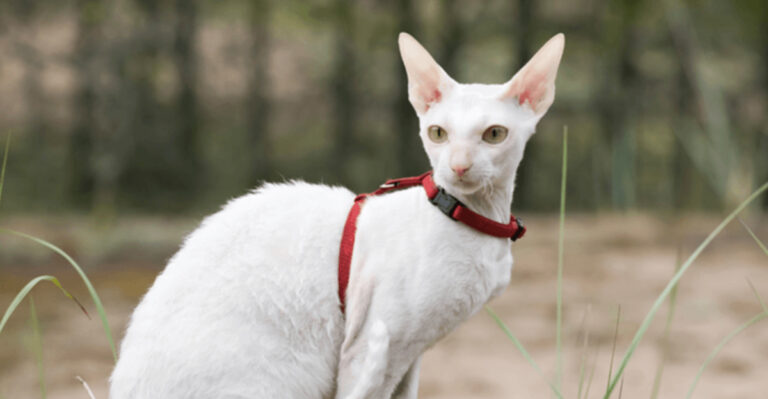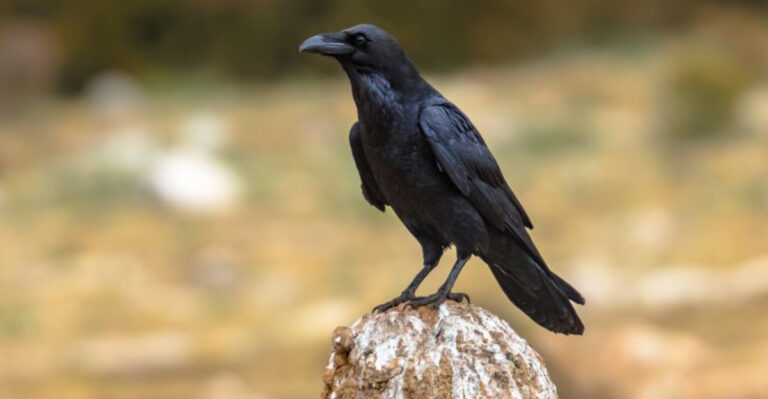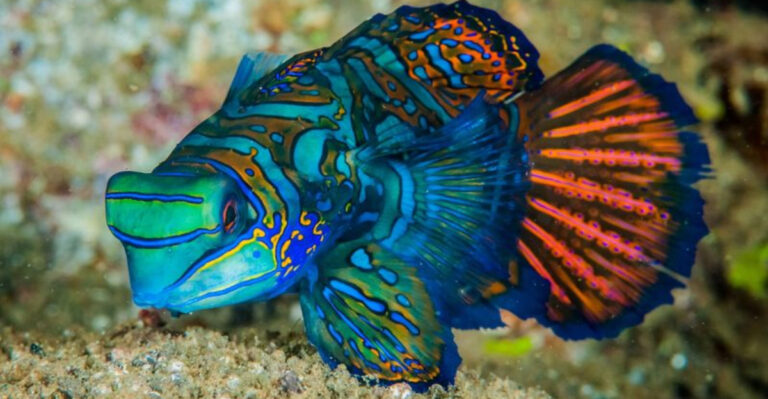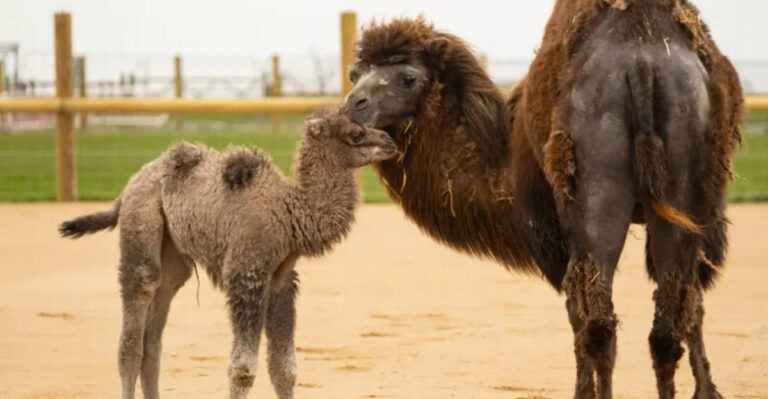Easy Guide To Rattlesnakes
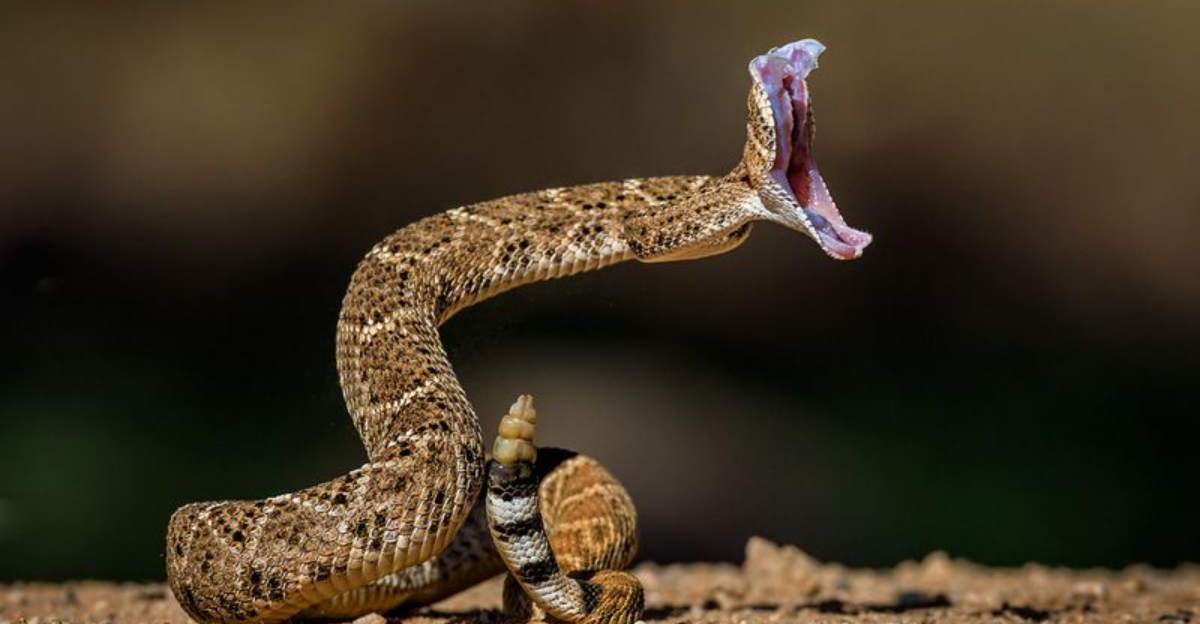
Imagine hiking through a dusty trail when suddenly you hear that distinctive buzz. Rattlesnakes might seem scary, but understanding these misunderstood creatures can help keep both you and them safe.
Whether you live in snake country or just enjoy outdoor adventures, knowing these rattlesnake basics could make all the difference during an unexpected encounter.
1. That Famous Rattle Isn’t Just For Show
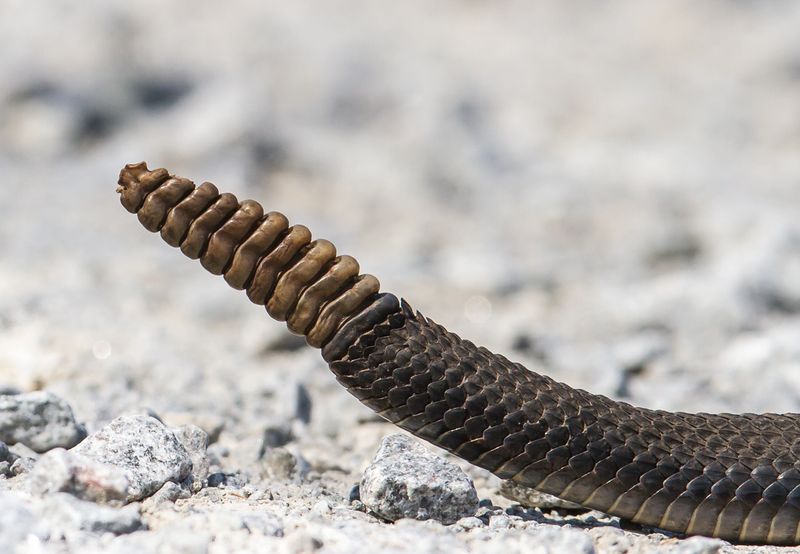
Those iconic tail segments are actually modified scales that lock together. When shaken, they create the warning buzz we all recognize.
Baby rattlers are born with just a single button, adding a new segment each time they shed their skin. Contrary to popular belief, you can’t tell a snake’s age by counting rattle segments.
2. Heat-Sensing Superpowers
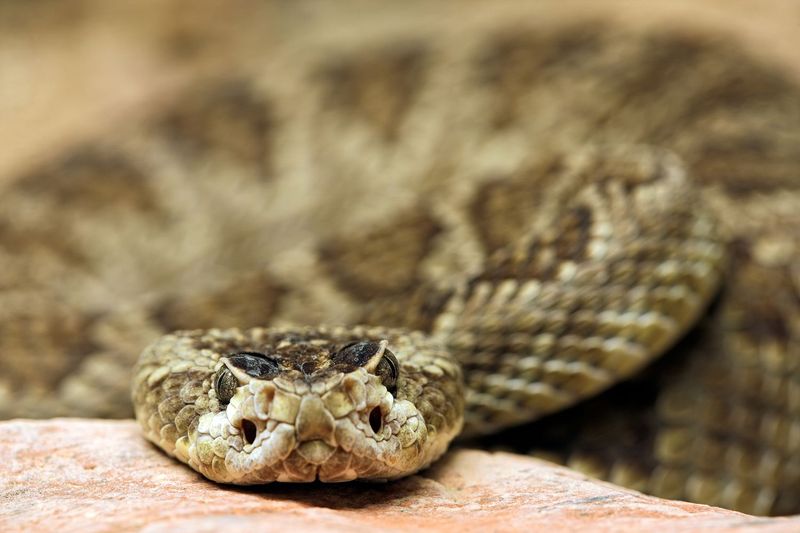
Between their eyes and nostrils sit special heat-detecting pits that can sense temperature differences as small as 0.003°C! This remarkable adaptation lets them hunt in complete darkness.
Think of it as thermal imaging built right into their faces. These pits create a heat map of their surroundings, making warm-blooded prey impossible to hide.
3. Venom That’s Medical Gold
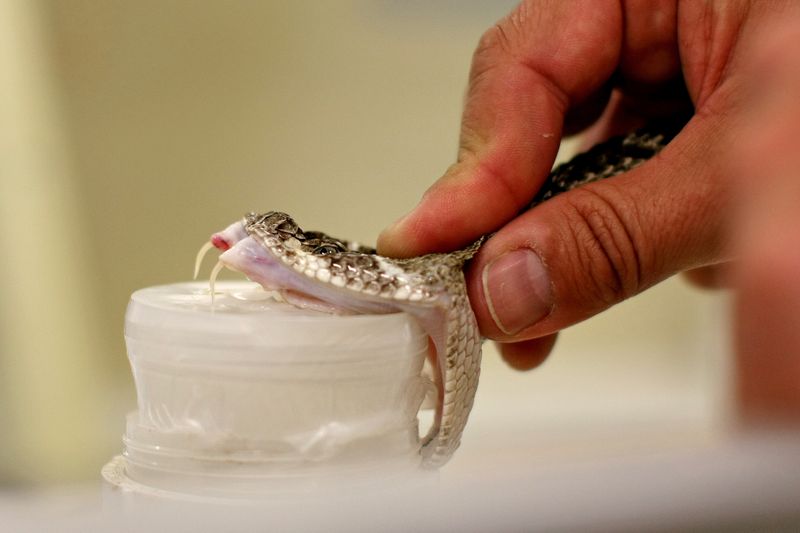
Scientists have developed medications from rattlesnake venom that help treat heart attacks, strokes, and blood disorders. What seems dangerous actually saves human lives in hospitals worldwide.
The proteins in their venom have unique properties that prevent blood clotting. Next time you fear these reptiles, remember they’re unwitting contributors to modern medicine!
4. Masters Of Camouflage
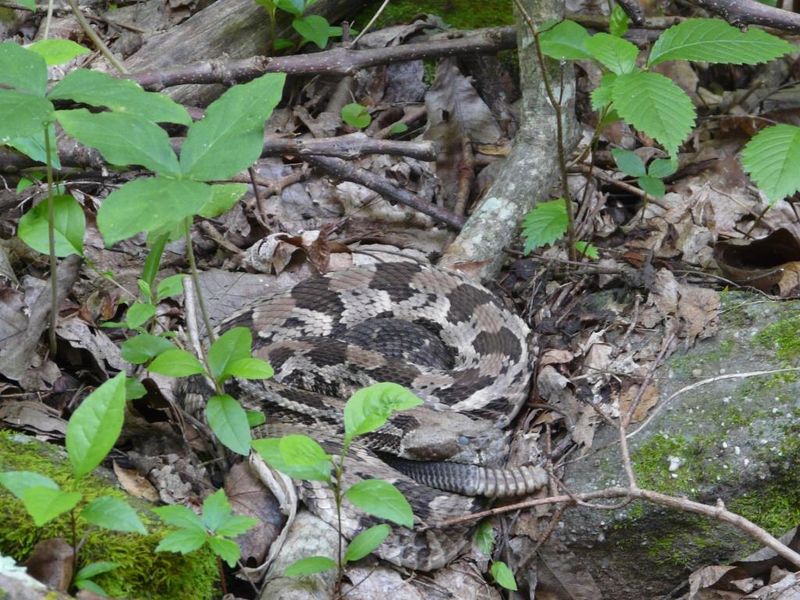
A rattlesnake’s pattern isn’t just pretty – it’s perfect camouflage. Their diamond-shaped markings and earth-toned colors help them disappear against rocks, soil, and vegetation.
Look carefully before sitting on that log or reaching into brush! Their exceptional camouflage is why many bites happen when people accidentally step or reach too close without seeing them.
5. They’re Not Out To Get You
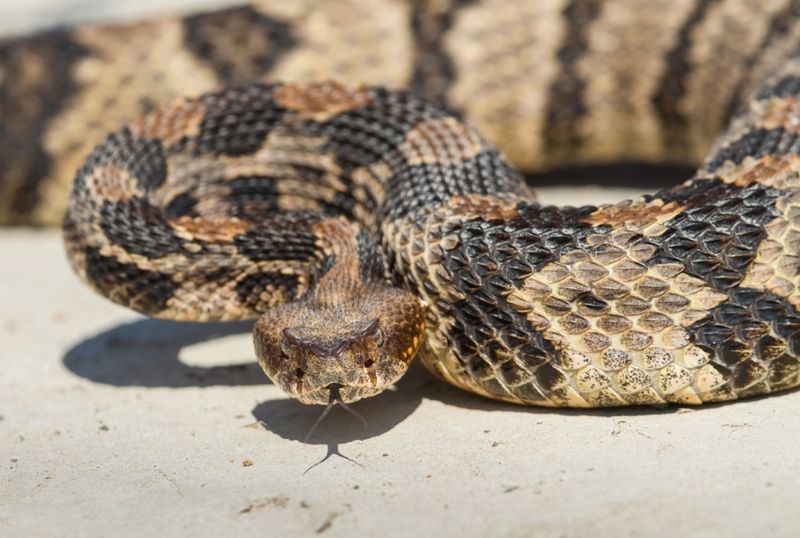
Contrary to movie villains, rattlesnakes aren’t aggressive stalkers. They’re actually shy creatures that prefer avoiding confrontation whenever possible.
The rattle is their way of saying “please go away!” They’d rather save their venom for hunting than waste it on something too big to eat. Most bites happen when they’re surprised or cornered.
6. Mysterious Baby Behavior
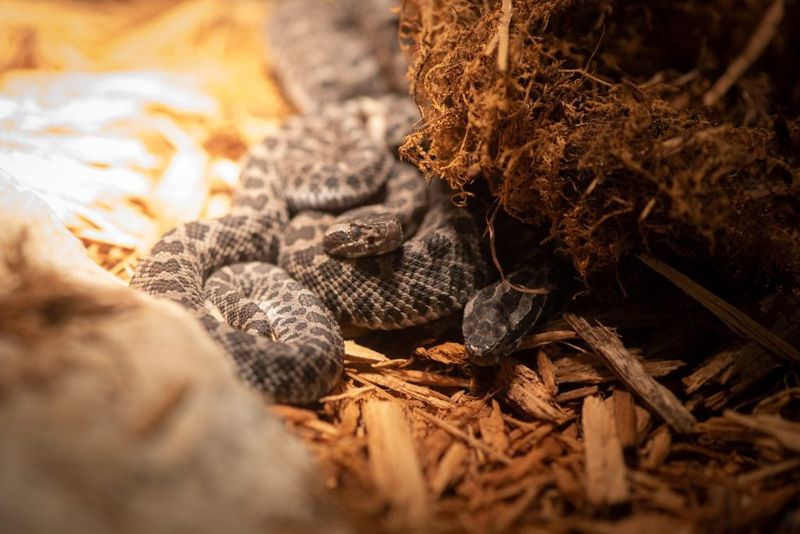
Baby rattlesnakes pack more dangerous venom than adults! While adults control their venom output, youngsters haven’t mastered this skill yet.
Plus, their tiny rattles might not make much noise. Young rattlers are born fully equipped with fangs and venom, making them dangerous from day one. Always give small snakes the same respect as larger ones.
7. Snake Trackers Use Their Tongue
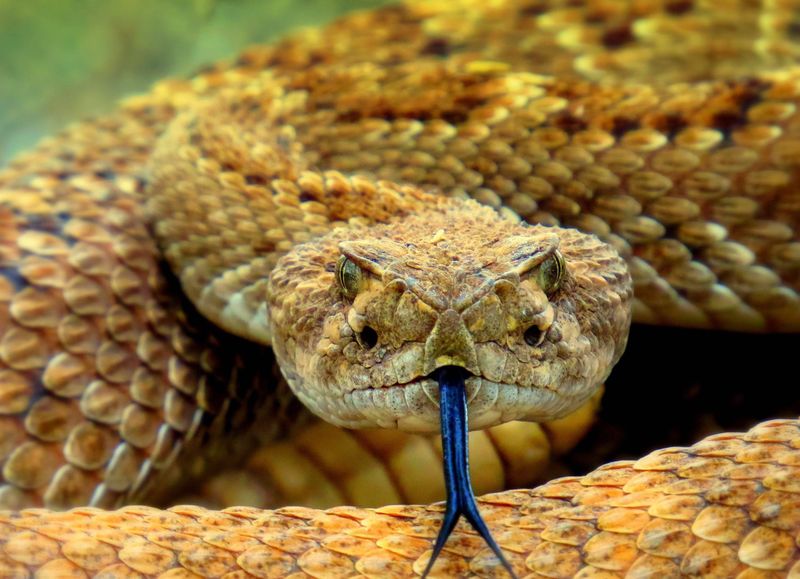
Ever wonder why snakes flick their tongues? They’re actually “tasting” the air! Their forked tongue collects scent particles and transfers them to a special organ in the roof of their mouth.
This incredible system, called the Jacobson’s organ, helps them track prey, find mates, and navigate their environment. It’s like having a built-in GPS and food detector all in one!
8. Winter Slumber Parties
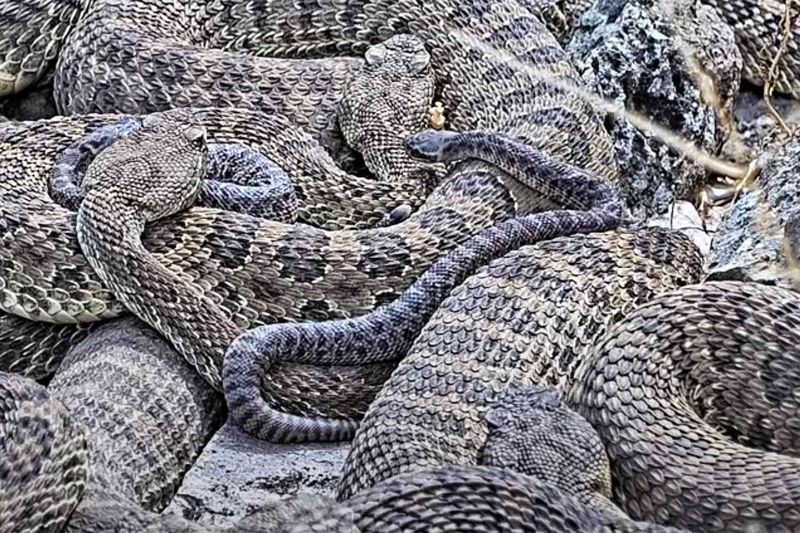
When temperatures drop, rattlesnakes gather by the dozens—sometimes hundreds—in communal dens called hibernacula. These snake slumber parties help them survive freezing temperatures.
Imagine the surprise of someone who accidentally uncovers one of these winter hideaways! They return to the same dens year after year, creating snake highways that radiate from these central shelters.
9. Surprising Swimming Skills
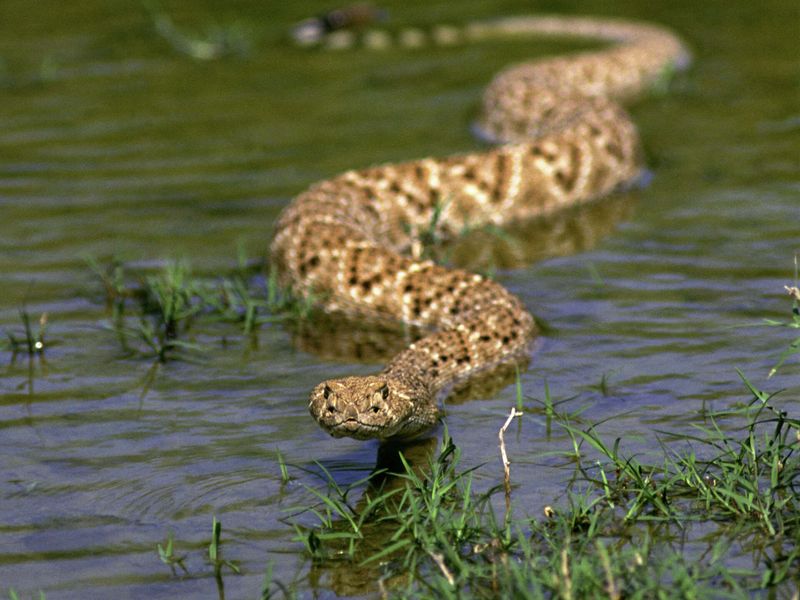
Water won’t save you from a determined rattler! These reptiles are surprisingly good swimmers, gliding across water with their heads held high.
While they prefer dry land, they won’t hesitate to cross streams or lakes when necessary. Some species, like the Eastern Diamondback, regularly swim between coastal islands. Their buoyant bodies make them natural swimmers.
10. Fangs That Fold
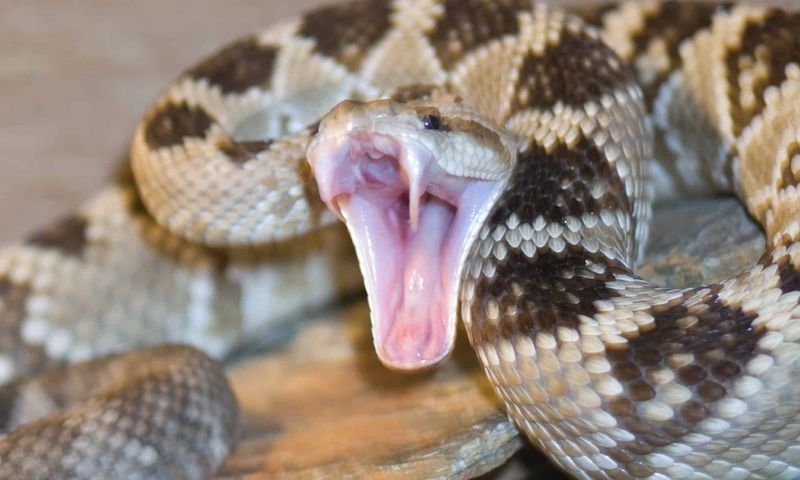
Rattlesnake fangs are engineering marvels—hollow, needle-sharp, and hinged! When not in use, they fold back against the roof of the mouth.
During a strike, muscles rotate these fangs forward into striking position. Like having retractable syringes in their mouths, these fangs can deliver venom deep into prey or predators. They even grow replacement fangs when old ones break!
11. Snake First Aid Myths
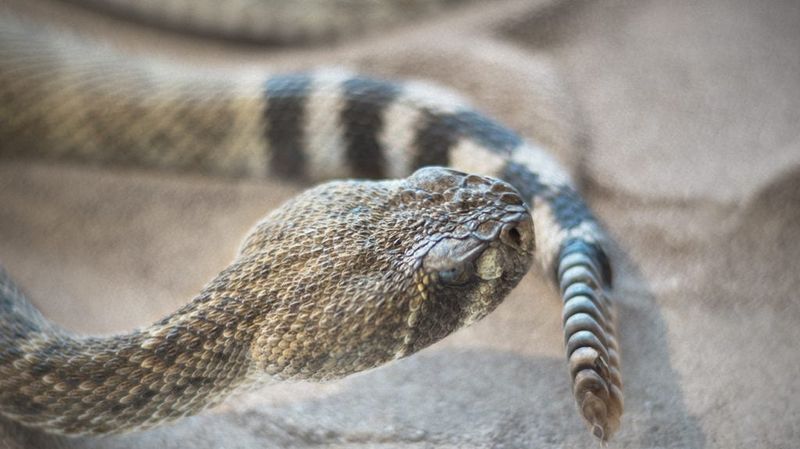
Forget what you’ve seen in movies! Cutting bite wounds, sucking out venom, or using tourniquets actually makes things worse.
The best response? Stay calm, remove jewelry or tight clothing near the bite, keep the affected area below heart level, and get to a hospital ASAP. Modern antivenom treatment is incredibly effective when administered promptly.
12. They’re Mama Bears (Sort Of)
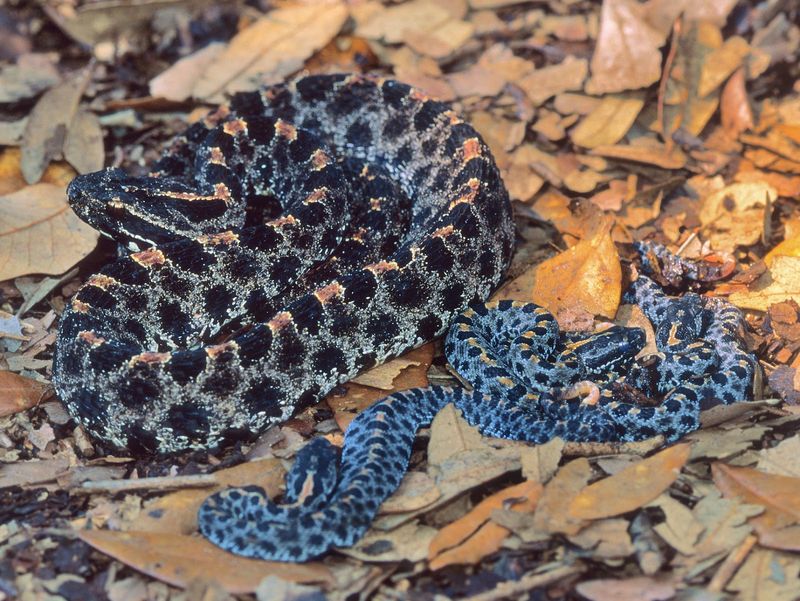
Unlike most reptiles, rattlesnake mothers stick around after giving birth! They protect their young for up to two weeks – unusual behavior in the snake world.
Baby rattlers are born live rather than hatched from eggs. A mother might have 4-25 babies at once, each about 10 inches long. She won’t feed them, but her protective presence gives them a fighting chance at survival.
13. Dinner Time Is High-Tech
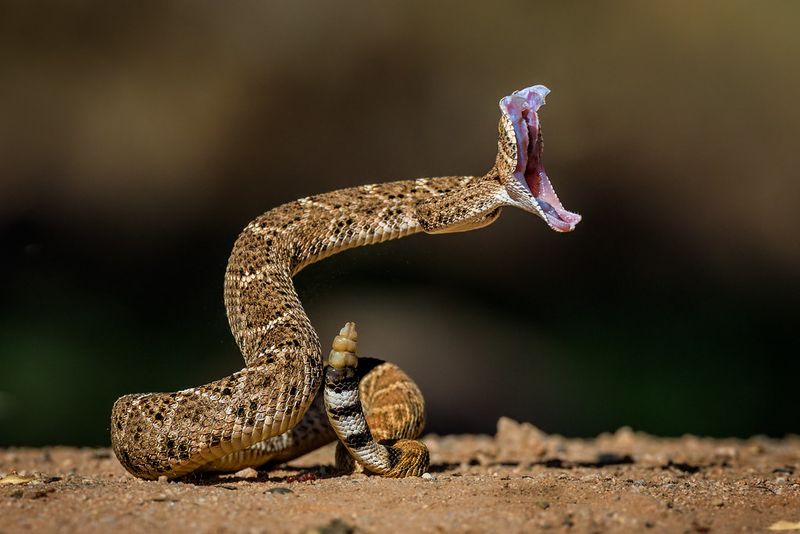
A rattlesnake strike happens faster than you can blink – literally! They can launch forward at speeds up to 175 mph, with the entire strike-and-return motion taking less than half a second.
After injecting venom, they track their prey using heat signatures and scent. Patient hunters, they’ll wait until their venom does its work before following the trail to their meal.
14. The Rattlesnake Warning System
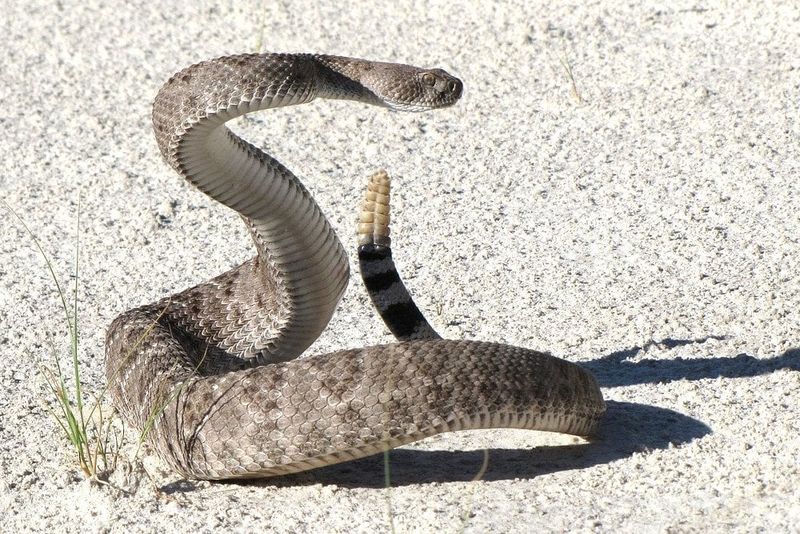
Rattlesnakes don’t always rattle before striking! While they prefer to warn you first, startled or cornered snakes might strike silently.
Their warning behavior includes coiling, raising their head, and vibrating their tail. The famous rattle sound happens when keratin segments vibrate against each other at 20-100 times per second. Always give any snake plenty of space.
15. Conservation Status Surprise
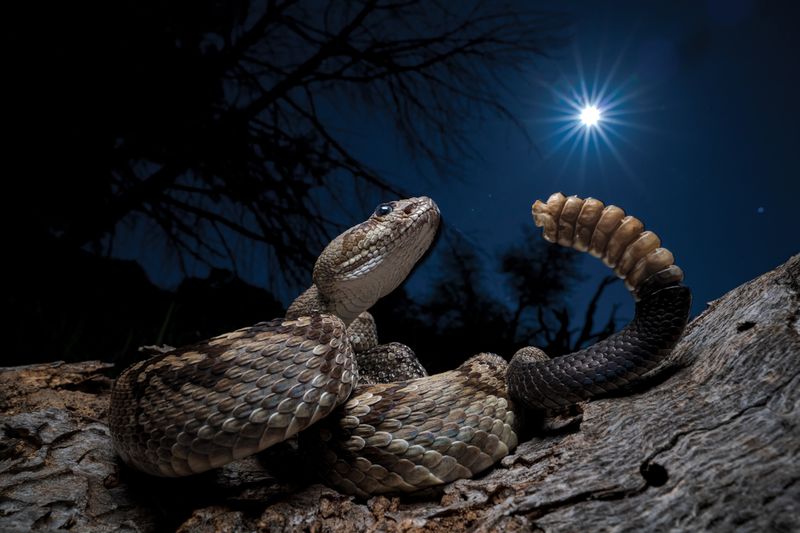
Despite their fearsome reputation, several rattlesnake species face extinction threats. Habitat loss, road mortality, and intentional elimination have dramatically reduced their numbers.
Eastern Diamondbacks and Timber Rattlesnakes have disappeared from many former habitats. These important predators help control rodent populations and disease spread. Protecting them actually protects human health in the long run!


